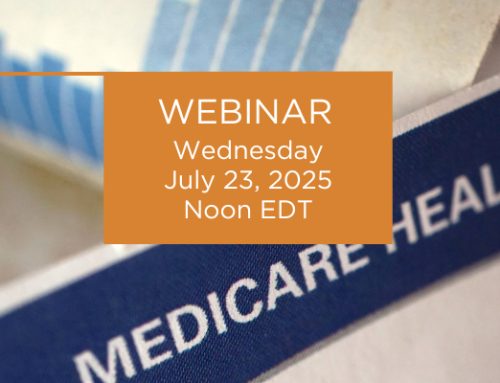The Coronavirus Aid, Relief, and Economic Security (CARES) Act was signed into law by President Trump on March 27, 2020, it contains several provisions that impact qualified retirement plans. Below is a recap of the most significant changes that will impact plan participants and employers right now.
Coronavirus-related Distribution – A New Distributable Event
The Coronavirus-related distributable event is a new distribution option for 2020 that Plan sponsors can elect, it is not the same as a hardship distribution. A participant qualifies for a Coronavirus-related distribution if they meet one of the following criteria:
- A participant is diagnosed with COVID-19
- Participant’s spouse or dependent is diagnosed with COVID-19
- Participant experiences adverse financial consequences as a result of being quarantined, furloughed, laid off, reduction in hours due to the virus, inability to work due to lack of child care, closing or reduction or hours of the business owned by the individual due to the virus.
A few practical comments:
- The distribution is NOT subject to the 10% early withdrawal penalty. Taxes are not required to be withheld at the time of distribution, but it will be taxable unless repaid.
- Plans can immediately allow these distributions for qualifying participants.
- Plan Administrators can rely on the employee’s self-certification that they meet one of the above criteria.
- Coronavirus-related distributions are limited to $100,000 for 2020.
- Participants have three years from the day after the Coronavirus-related distribution is received to repay the amount into a qualified retirement plan, IRA, or other plans that can accept rollovers.
- Participants can make multiple repayments or one lump sum repayment.
- If the distribution is not repaid, the distribution will be taxable, but the tax can be paid ratably over a three-year period if elected.
Increased Plan Participant Loan Limit
If elected by the Plan, participants that meet the above criteria for a Coronavirus-related distribution may also qualify for an increased loan limit. The loan limit has been increased to $100,000 or 100% of the participant’s vested account balance. This only applies to loans made March 27, 2020, through September 23, 2020. If permitted by the plan document, a new loan could be provided to a participant that has been furloughed as a result of COVID-19 and the loan repayments could be suspended for a year due to a leave of absence.
Existing Plan Participant Loans
Relief has also been extended to participants that meet the COVID-19 qualifications and have an existing outstanding plan loan with repayments due March 27, 2020, through December 31, 2020, these repayments can be suspended up to a year, although interest continues to accrue. The term of the loan may be extended without violating the 5-year maximum term period.
Waiver for Required Minimum Distributions (RMDs)
RMDs for the 2020 Distribution Year are waived and do not need to be distributed for defined contribution plans. This does not apply to defined benefit plans.
If the RMD has already been received during 2020, then the participant or beneficiary may roll it over or roll it back into the Plan or their IRA and defer paying taxes. The expectation is that the IRS will extend the 60-day rollover period for IRAs.
Plan Amendments
If Plan Sponsors elect to offer the provisions for Coronavirus-related distribution type or increase loan provisions to their participants, the plan will need to be amended by December 31, 2022, for calendar year plans. Plan loans can be offered now even if the Plan does not currently allow for loans. Fiscal year-end plans have until the last day of the first plan year that begins on or after January 1, 2022 to amend the Plan.
Your Retirement Plan Services Team
The retirement plan provisions in the CARES Act are intended to provide relief from the economic burden participants are experiencing as a result of COVID-19. We realize that you are being inundated with information and participant questions, we are here to help. Let us know if you would like to schedule a call to discuss the above or if you have any other qualified retirement plan issues or concerns.






